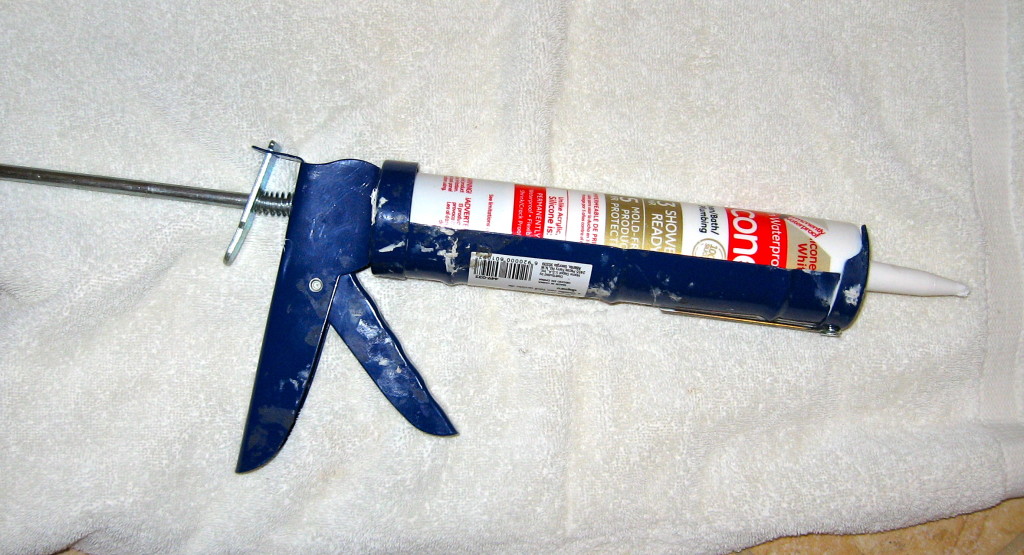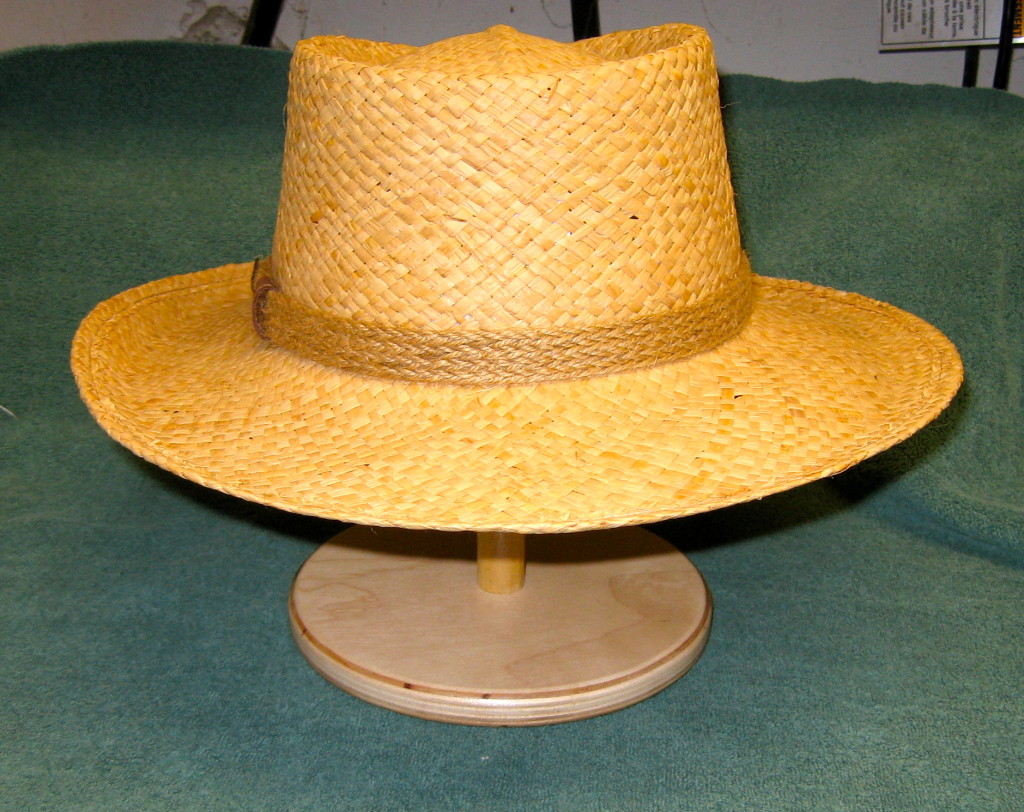How to Build a Funny Bird House
I bought these plans from Meisel and thought I would review building this funny birdhouse. My bird house is called “City Beatnik” and there are two different plans included for $15. They have many “old man” type plans. Even more animals. These are full size drawings. Here is a book by the same designer on […]
How to Build a Funny Bird House Read More »


